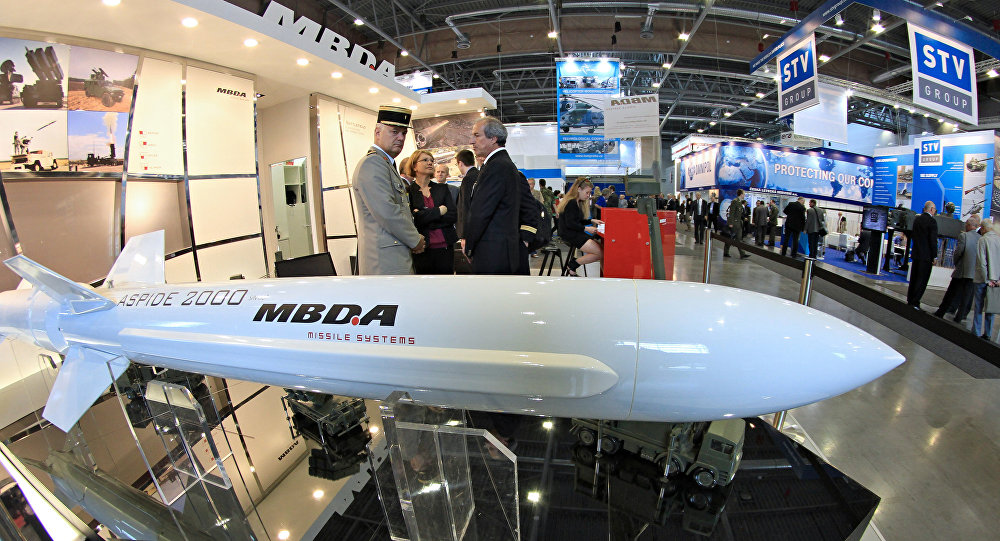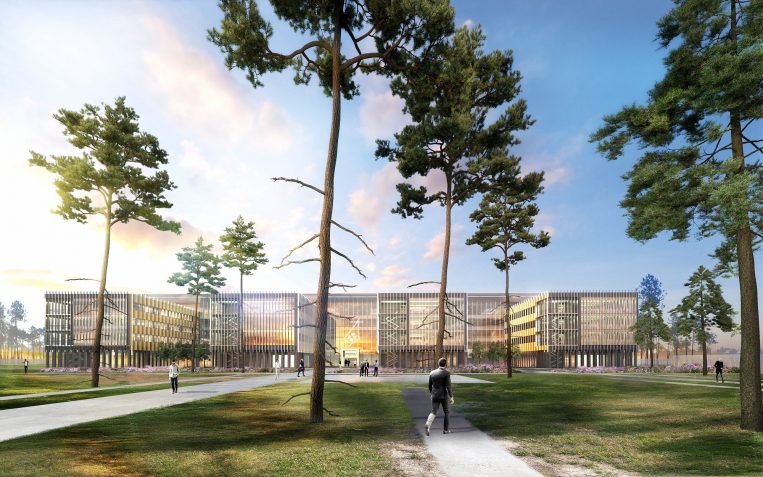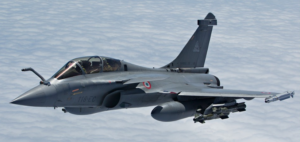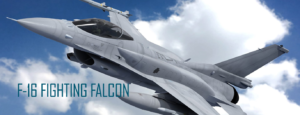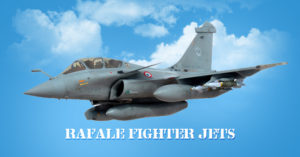The Dassault Aviation group is delighted to be presenting its dual civil and defense know-how at the 2019 edition of EBACE, Europe’s primary business aviation event, to be held in Geneva from 21 to 23 May.
Saint-Cloud, France, 17 May 2019 – The Dassault Aviation group is delighted to be presenting its dual civil and defense know-how at the 2019 edition of EBACE, Europe’s primary business aviation event, to be held in Geneva from 21 to 23 May.
Three Dassault aircraft will be presented in the static display:
- a Falcon 8X tri-jet,
- a Falcon 900LX tri-jet,
- a Falcon 2000S twin-jet.
The Falcons designed and built by Dassault Aviation are a family of business aircraft which have earned a reputation for handling, operational flexibility, low consumption and technological innovation. © Dassault Aviation – All Rights Reserved

On its stand, Dassault Aviation will also be presenting:
- a full-scale mock-up of the cabin of the Falcon 6X, the new Falcon twin-jet currently under development. Visitors will be able to enter this mock-up, which is fully representative of the features and comfort of the actual cabin;
- a mock-up of the Rafale, the multi-role combat aircraft, which has proven itself in numerous theatres of operations. The Rafale is a candidate for the Swiss Air Force’s combat fleet renewal program;
- a mock-up of the nEUROn stealth combat UAV demonstrator built under the project leadership of Dassault Aviation, in cooperation with companies from five European countries, including Ruag of Switzerland;
- a representation of the new capabilities of Dassault Aviation’s Falcon maintenance networks, notably following the acquisition of MRO activities of TAG Aviation in Europe and ExecuJet in Asia, Australia, New Zealand, Africa, the Middle East and Europe.
As well as being the lynchpin of a strategic industrial network comprising hundreds of companies in France and around the world, Dassault Aviation is also the core industrial shareholder of the Thales Group and the leader of the new-generation European combat aircraft program.
